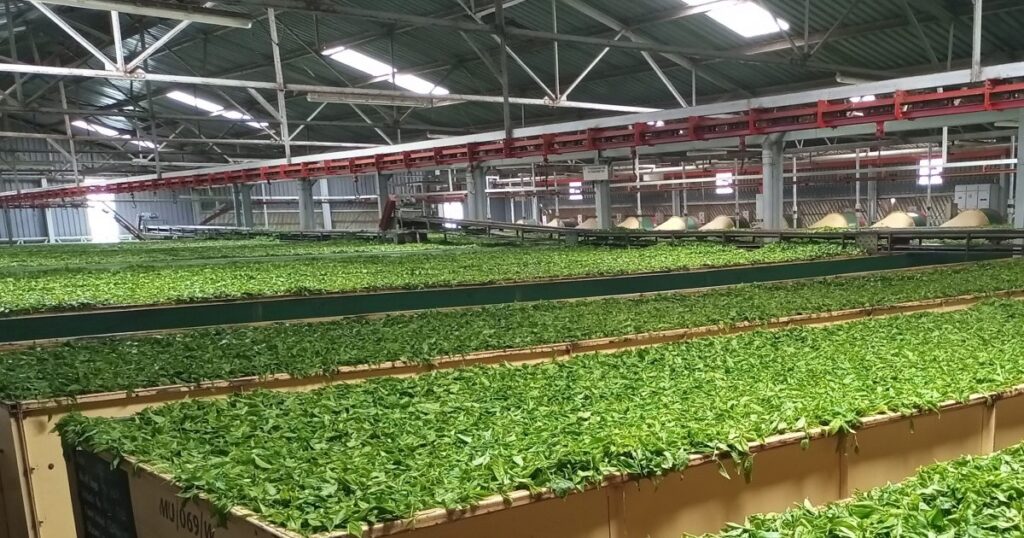The Kenya Tea Development Agency (KTDA) has announced a raft of reforms aimed at cushioning farmers from declining earnings after a sharp drop in tea bonuses this year.
In a statement issued on Tuesday, September 30, KTDA attributed the fall in payments to a combination of global market shocks and a weaker exchange rate. The agency noted that while the shilling averaged KSh 144 against the US dollar in 2024, it strengthened to KSh 129 in 2025, reducing the value of export earnings.
To stabilise incomes, KTDA revealed plans to expand the production of orthodox teas, which are processed using traditional methods and command higher prices in niche global markets compared to the widely produced Crush, Tear, Curl (CTC) teas.
“Looking forward, KTDA is taking steps to stabilise farmer incomes. We are expanding production of orthodox teas to reduce reliance on CTC teas,” the agency said.
In addition, KTDA outlined initiatives to promote value addition, including reducing packaging costs, modernising factories, and investing in energy solutions to cut operational expenses. The agency also aims to penetrate broader markets such as China to diversify export opportunities.
Regional Disparities in Bonus Payments
Farmers across the west of the Rift Valley, including Nyamira, Kericho, Bomet, Kisii and Nandi, were the hardest hit by reduced payments. In Nyamira, earnings dropped from KSh 372 per kilo in 2024 to KSh 266, while Kericho farmers saw payments fall from KSh 346 to KSh 245.
KTDA explained that variations in payments between East and West of the Rift were driven by tea quality, market dynamics, and cost structures. Teas grown in high-altitude zones naturally fetch higher global prices due to their unique flavour profiles.
The agency further emphasised that even independent producers and plantation companies outside KTDA faced similar challenges, confirming that the decline was “market-driven and not unique to KTDA-managed factories.”
Amid rising farmer frustrations, KTDA urged stakeholders to avoid politicising the matter, stressing that long-term sustainability lies in maintaining high-quality green leaf and disciplined management practices.

